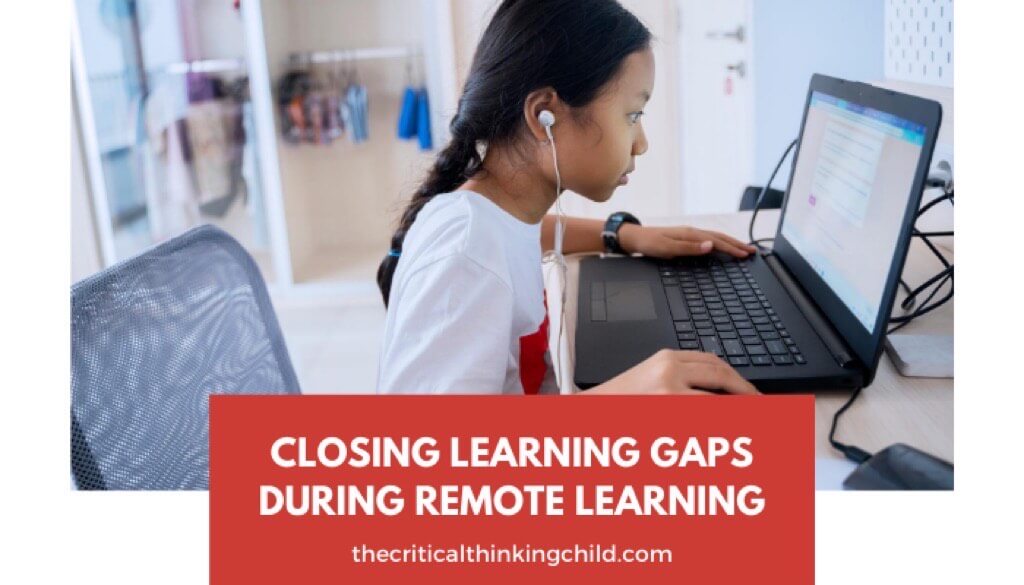Ever since the coronavirus pandemic hit in March of 2020, learning has been disrupted in all kinds of ways, from schools scrambling to set up remote classes in the spring to hybrid approaches popping up for the fall semester.
As students and families navigate constant changes and switch from in-person schooling to education from home, it may feel like learning gaps are inevitable. According to a study from consulting group McKinsey and Company, the average student may fall 7 months behind academically, with the gap for students of color clocking in at 9 to 10 months.
When you have no control over school system decisions around education from home or the progression of COVID-19, how can you make these switches smoother and keep learning happening?
Focus on Feelings
While it may seem counterintuitive to focus on emotions before academics, no quality learning can take place if your child is anxious or scared. Take some time to check in with your child and see how they are feeling. They may be concerned that they will get COVID themselves, that they will miss their friends and teachers during remote learning, or that someone in the family will get sick. Have a calm, honest conversation with your child and reassure them that it’s normal and okay to feel anxious. Check in frequently and answer questions as they arise.
Know the Learning Gaps
Before you can address your child’s learning gaps, you have to know what they are. We recommend that you start with a learning assessment like ours to determine exactly what your child has missed. Once you know specifically what your child needs, you can work to fill these holes yourself through workbooks and practice, or you can talk with a tutor or teacher who can walk you through various ways to support your child at home.
Keep Consistent Routines
One of the challenges of e-learning for kids is keeping a consistent routine and schedule, so it’s essential that you do all you can at home to keep things running as normally as possible. Make sure your child wakes up at the same time each day and logs on to any remote learning calls that may be available.
Even if you’re working full-time and are unable to help much, check in at the end of the day to make sure your child was engaged and learning. Some schools and teachers offer pre-recorded instruction that doesn’t have to be viewed in real time, so you can take some time to watch those lessons with your child and help with any assignments.
In addition to a consistent schedule, having a consistent place for education from home is key. It doesn’t have to be a whole room of your house, but even a corner or a spot at the table where your child can leave their school supplies and devices is very helpful. Make sure this area is quiet and equipped with all the materials needed so your child can get right to business.
Continue to Assess Learning
Closing learning gaps is an ongoing process. Once you’ve closed one, you may find that another emerges. It’s important to continue to assess your child both formally and informally to see what they have learned. This way, you’re not moving ahead too quickly or repeating skills that your child has already mastered.
Although it can seem daunting, the use of academic assessments to diagnose learning gaps can help you overcome some of the challenges of remote learning. Which will set your child up for a successful academic term this year and beyond.



